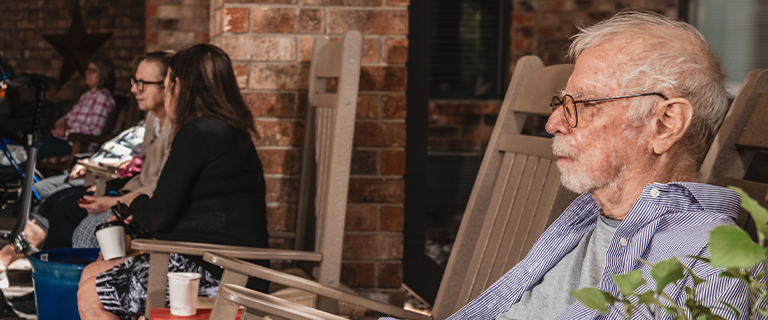Key Takeaways
- Hidden costs, such as medical bills, specialized care, and lost income, can add significant financial strain on families.
- Understanding and planning for these financial challenges can help families manage caregiving responsibilities without jeopardizing their own economic well-being.
- Awareness of available resources, such as government programs, financial assistance options, and local support networks, can make a meaningful difference.
- Open communication and proactive planning are crucial for finding sustainable ways to balance caregiving and financial well-being.
Caring for an aging loved one is a profound act of love, but it often comes with challenges families don’t anticipate. The financial strain of caregiving—ranging from medical expenses to lost income—is one of the most significant hidden burdens many face.
Millions of families struggle daily to provide the best care possible while grappling with costs that can threaten their financial stability. Understanding these hidden financial challenges and exploring available resources can help families get relief and peace of mind.
What Are the True Financial Costs of Caregiving?
The numbers tell a sobering story. Family caregivers spend an average of over $7,000 per year on out-of-pocket expenses related to caregiving. But this figure only scratches the surface of the real financial impact.
Many caregivers reduce their work hours or leave their jobs entirely to provide care. The decision can result in lost wages, reduced retirement savings, and diminished Social Security benefits that compound over time. The ripple effect touches every aspect of a family’s financial future.
Medical expenses, home modifications, transportation costs, and specialized equipment quickly add up. Adult diapers, mobility aids, prescription medications, and therapeutic services create a steady stream of expenses that insurance rarely covers in full.
Home Care and Long-Term Costs
Professional home care services can provide much-needed relief, but they come at a significant cost. Hourly rates for home health aides range from $21 to $30 hourly, and families requiring round-the-clock care can face monthly bills exceeding $15,000.
Long-term care insurance may help, but many families find that their policies don’t cover as much as they expected. Medicare provides limited assistance, and Medicaid requires spending down assets to qualify. These gaps leave families scrambling to cover the difference.
The costs extend beyond direct care expenses. Home modifications, such as ramps, grab bars, and stair lifts, can be costly, with prices ranging from thousands of dollars. Vehicle modifications or specialized transportation services add another layer of financial pressure.
What Are the Emotional and Physical Challenges of Caregiving?
Money isn’t the only currency caregiving demands. The emotional and physical costs are equally devastating, though harder to quantify.
Caregiver stress affects 40% of family caregivers significantly. Depression, anxiety, and burnout become familiar companions on this journey. The constant worry about providing adequate care while managing finances creates a cycle of stress that impacts entire families.
The Burden on Women Caregivers
Women bear a disproportionate share of caregiving responsibilities, with 61% of family caregivers being female. This reality often forces difficult choices between career advancement and family obligations.
Women caregivers are more likely to reduce work hours, pass up promotions, or exit the workforce entirely. These decisions create long-term financial consequences that extend well beyond the caregiving period, affecting retirement security and lifetime earnings.
The sandwich generation—those caring for both aging parents and their own children—faces particularly acute challenges. Balancing multiple sets of needs while maintaining financial stability requires superhuman strength and resources that many families simply don’t have.
When Should You Stop Being a Caregiver?

This question weighs heavily on the hearts of many families. The answer isn’t about stopping your love or concern—it’s about recognizing when professional care might better serve your loved one’s needs while preserving your family’s well-being.
Signs it might be time to consider alternatives include:
- Your loved one’s care needs exceed your ability to provide safe, adequate care
- Caregiving responsibilities are significantly impacting your physical or mental health
- Financial strain is threatening your family’s long-term security
- Your relationship with your loved one is suffering due to stress
Remember, seeking professional care isn’t about giving up—it’s about making a loving and responsible decision that benefits everyone involved.
Is Assisted Living the Right Solution for Caregivers?
Assisted living communities can be a cost-effective and high-quality solution for families seeking care for their loved ones. They provide professional support and peace of mind, often reducing the hidden expenses associated with home caregiving:
- Lower overall costs: Assisted living eliminates hidden expenses, such as lost wages, home modifications, and professional services, making it a more economical choice.
- Comprehensive care: These communities provide 24/7 support, medication management, and healthcare coordination.
- Social and emotional benefits: Residents enjoy engaging activities and daily social interactions, which improve their quality of life.
- Predictable expenses: A single monthly cost covers care, meals, and housing, simplifying financial planning for families.
Assisted living communities not only enhance care but also provide families with financial stability and peace of mind, helping loved ones thrive in a supportive environment.
Focus on Family, Not Finances
The financial challenges of caregiving don’t have to overwhelm your family. At Parsons House Austin, we offer affordable assisted living solutions designed to provide excellent care for your loved one while easing the burden on your family.
By understanding the actual costs and exploring our personalized options, you can make informed decisions that honor your loved one and protect your family’s future.
Parsons House Austin is committed to delivering compassionate, high-quality care that fits your family’s unique situation and budget. Choosing professional care isn’t a compromise—it’s a thoughtful decision that helps your loved one get the support they deserve.
Contact us today to discover how our affordable homes can alleviate financial stress, allowing you to focus on spending quality time with your loved ones.



